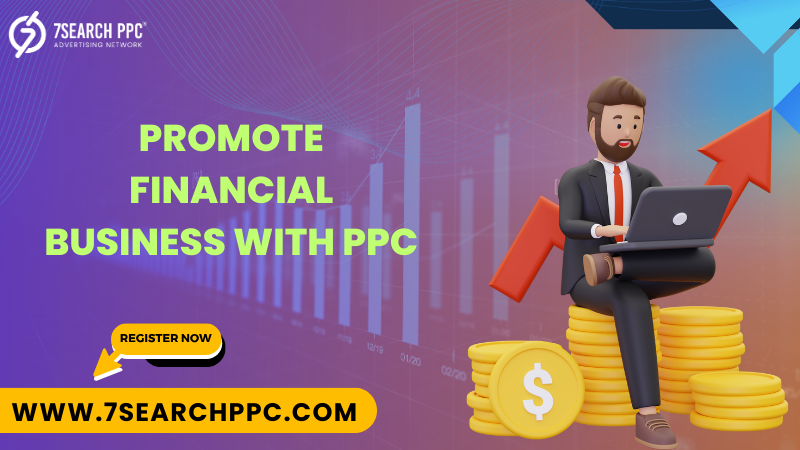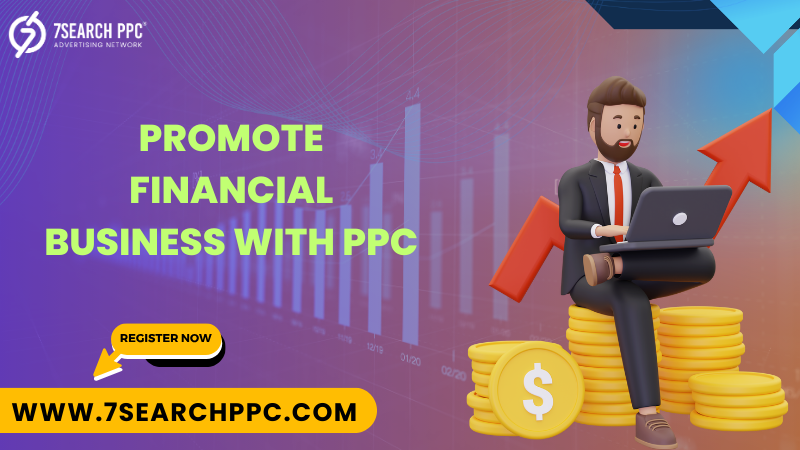In an era where digital presence dictates market leadership, deploying a pay-per-click strategy tailored for financial enterprises can redefine the trajectory of brand awareness. Pay-per-click (PPC) advertising delivers laser-focused exposure, enabling financial service providers to reach high-intent audiences at the exact moment they seek solutions. From startups offering innovative fintech solutions to legacy institutions that require modern outreach, PPC emerges as the cornerstone to promote financial business across search engines and social platforms. By meticulously aligning keywords, ad creatives, and landing pages, financial marketers can capitalize on every click to generate qualified leads and foster enduring brand visibility.

Understanding the Financial Advertising Landscape
The Unique Challenges of Advertising Financing
Advertising financing is inherently complex due to stringent regulations, trust barriers, and a discerning customer base. Unlike consumer goods, financial products demand transparency, credibility, and compliance with industry standards. Crafting PPC campaigns for loans, credit cards, or investment solutions must navigate regulatory frameworks while delivering compelling value propositions. Advertisers are called to illustrate competitive financing rates, flexible terms, or proprietary technologies without misrepresenting terms or promising unrealistic returns. This juxtaposition of persuasive messaging and compliance underscores the delicate balance required to effectively promote financial business through paid channels.
Building Trust in Financial Messaging
Trust serves as the lifeblood of financial advertising. Prospective borrowers or investors seek assurance that their funds are managed responsibly. Incorporating social proof—such as customer testimonials, industry certifications, or partnership seals—into PPC landing pages strengthens credibility. Consistent branding across ad copy and on-site content cultivates familiarity, reducing user apprehension. By transparently outlining features of advertising financing options and reinforcing regulatory adherence, financial brands can guide users through a seamless decision-making process that culminates in conversions.
>>>Drive Traffic to Your Website – Start Advertising Now<<<
Integrating Fintech Marketing Services into PPC Frameworks
Collaborative Synergies between PPC and Fintech Marketing
Fintech marketing services encompass a spectrum of offerings, from data-driven audience analytics to AI-powered attribution models. When integrated with PPC, these services unlock unprecedented insights into customer journeys, enabling seamless cross-channel attribution and budget reallocation toward high-performing segments. Leveraging predictive analytics, fintech marketing teams can forecast peak conversion windows, adjust bids in real time, and deploy dynamic creative tailored to individual user profiles. This level of personalization not only increases click-through and conversion rates but also nurtures long-term brand loyalty—an essential component when striving to promote financial business amidst fierce competition.
Data Privacy and Compliance
The marriage of fintech marketing services and PPC must respect data privacy regulations such as GDPR and PCI DSS. Employing encrypted tracking pixels, anonymized user identifiers, and clear cookie consent mechanisms preserves compliance while capturing actionable insights. Educating prospects on data usage policies within privacy notices reinforces trust, positioning brands as responsible stewards of sensitive financial information.
Aligning Content Marketing with PPC Efforts
Content marketing serves as the narrative backbone of any fintech campaign. By producing thought leadership articles, case studies, and educational webinars, financial businesses establish authority and build audience engagement. PPC campaigns can then amplify this content, directing high-intent users to resources that demystify complex topics—such as derivative trading strategies in Forex Advertising—while seamlessly introducing service offerings. This synergy between content and PPC not only extends the reach of organic thought leadership but also optimizes ad spend by promoting assets with proven engagement metrics.
Remarketing to Foster Brand Recall
Remarketing campaigns extend the lifecycle of touchpoints with prospects who have engaged with content but not yet converted. By segmenting audiences based on content interactions—blog visits, whitepaper downloads, or video view completions—marketers can serve tailored ads that reintroduce relevant services such as insurance advertising packages or advertising financing calculators. This continued presence in the digital landscape strengthens brand recall, nudges hesitant prospects, and ultimately contributes to sustained growth in promoting financial business.
Measuring Success and Scaling Financial PPC Campaigns

Defining Key Performance Indicators for Financial PPC
To ensure that PPC campaigns effectively promote financial business, it is essential to establish clear key performance indicators. Beyond standard metrics like click-through rate and cost-per-click, financial advertisers must monitor cost per acquisition, lifetime value of acquired customers, and return on ad spend. Tracking account opening rates, funded account percentages, and average loan sizes provides deeper insight into the quality of leads generated. By mapping these metrics to overarching business objectives—growth in assets under management or policy issuance volume—marketers can demonstrate the tangible impact of PPC investments to executive stakeholders.
Utilizing Dashboards for Real-Time Insights
Building dynamic dashboards that aggregate data from multiple channels empowers financial teams to monitor campaign health in real time. Visualizing trends in lead generation, regional performance, and ad creative effectiveness enables rapid pivots in strategy. With automated alerts for performance anomalies—such as sudden spikes in cost per acquisition—the team can troubleshoot landing page issues or adjust bids before budget overshoot. This agile, data-driven approach lays the foundation for scaling PPC campaigns to promote financial business across new products, geographies, or audience segments.
Scaling Campaigns with Automated Bid Strategies
Automation has revolutionized PPC management, particularly within the financial sector where market conditions can shift rapidly. Smart bidding strategies—target CPA, target ROAS, or maximize conversions—leverage machine learning to adjust bids in real time based on user device, location, and search context. When initial campaigns reach sufficient conversion volume, automating bid adjustments liberates marketing teams to focus on strategic initiatives, such as new creative development or expansion into emerging markets. This combination of automation and hands-on oversight ensures campaigns remain aligned with business goals while delivering consistent growth in brand visibility and lead generation.
Conclusion
Deploying a comprehensive PPC strategy is indispensable for financial brands that aim to foster rapid growth, enhance credibility, and secure a competitive edge. By weaving together precise keyword architecture, persuasive ad creative, and high-converting landing pages, organizations can effectively promote financial business across diverse service lines—from advertising financing to fintech marketing services, forex Advertising, and insurance advertising. Integrating data-driven insights from fintech marketing services, employing robust tracking frameworks, and leveraging automated bid strategies ensure campaigns remain agile and optimized. As digital engagement continues to dominate the financial decision-making process, Pay-Per-Click stands out as the premier channel to boost brand visibility and cultivate lasting client relationships.






